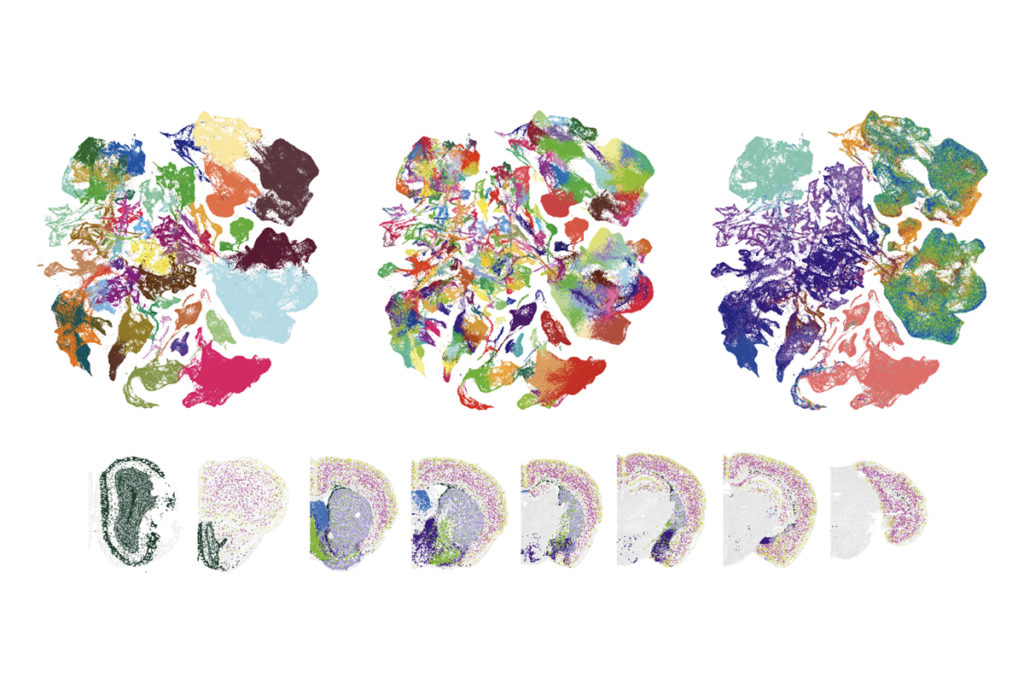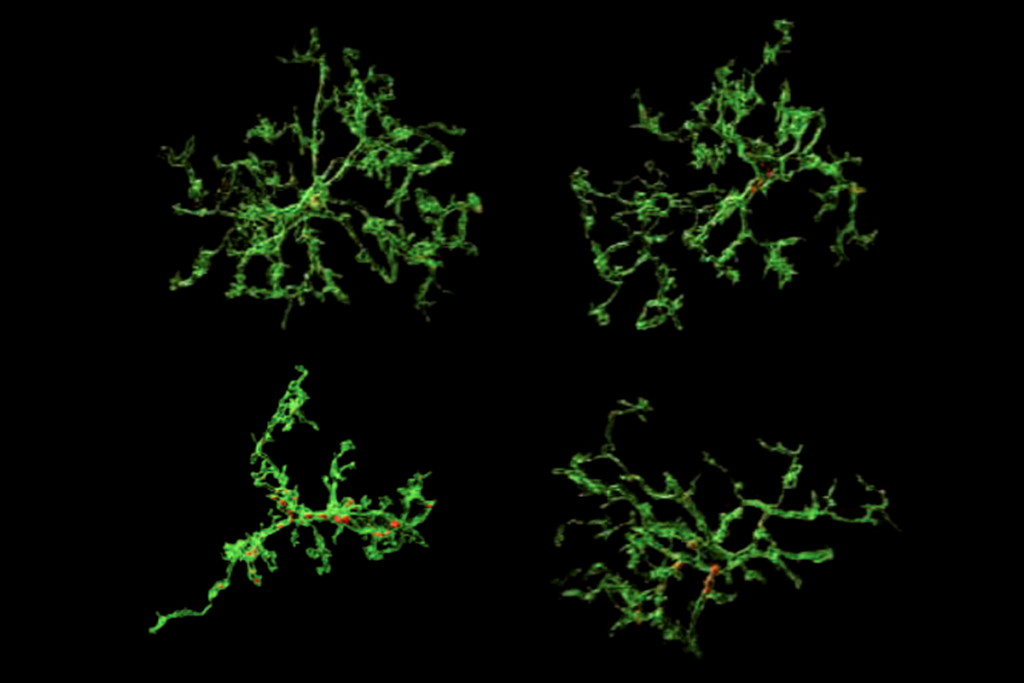Thinking in pictures
Imagine a church steeple. What do you see? A general image of a steeple that broadly resembles steeples anywhere? Or a series of snapshots, each one a detailed recollection of a real steeple?
Imagine a church steeple. What do you see? A general image of a steeple that broadly resembles steeples anywhere? Or a series of snapshots, each one a detailed recollection of a real steeple?
Some people with autism see specific, detailed images instead of a generic picture when they imagine an object. This piece of insight comes directly from Temple Grandin, arguably the most famous person with autism.
On Wednesday evening, I got a chance to hear Grandin speak at Hunter College, which has a new Autism Center. Grandin is extremely high-functioning; she is an associate professor at Colorado State University and a wonderful speaker ― warm, charismatic and funny.
In fact, if I hadnʼt known that Grandin has autism, I donʼt think I would have guessed.
I may have chalked it down to her being weird, or nerdy. As she herself said, before there was the awareness about autism there is today, people with Asperger syndrome “were just called geeks and nerds.”
Grandin covered a lot of territory in her talk, including some of her work with animals, but I was fascinated in particular by her descriptions of what itʼs like to have autism and be fixated on details: to see so many trees, that you completely miss the forest.
She also explained her early difficulties with language ― although she certainly seems to have overcome those now. “I think entirely in pictures,” she said. “If I donʼt have a picture, I donʼt have thought.”
At the end of the session, Grandin answered questions from audience members who have friends or family members with autism. Iʼm not sure all her answers are scientifically solid, but the one thing that was really clear is the desperate need people who deal with autism have for any answer at all.
Recommended reading

Constellation of studies charts brain development, offers ‘dramatic revision’

Functional connectivity links with autism, not ADHD; and more

Ramping up cortical activity in early life sparks autism-like behaviors in mice
Explore more from The Transmitter
Daniel Nicholson discusses how Schrödinger’s book ‘What is Life?’ shaped years of biology, research

Our searchable repository of useful research can restore trust in federally funded basic science
